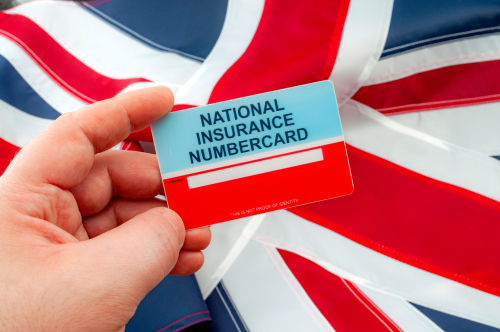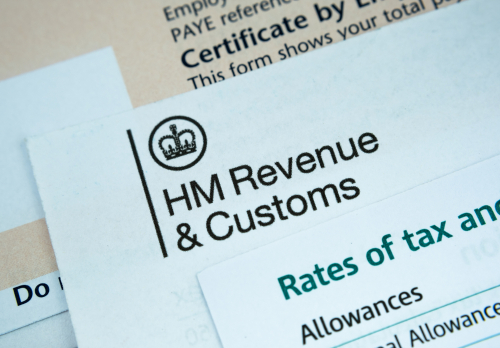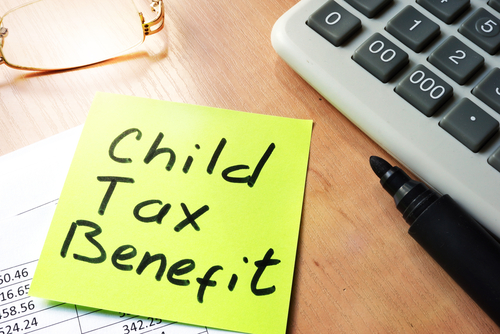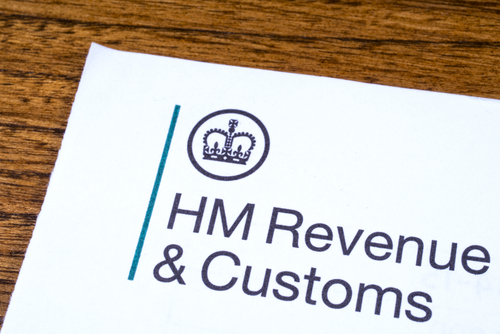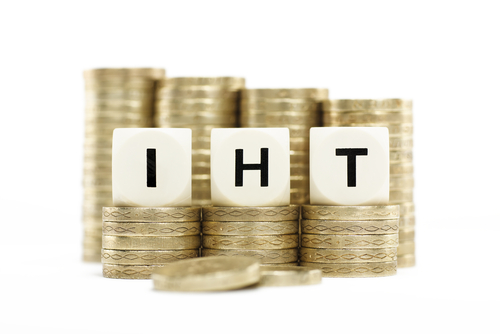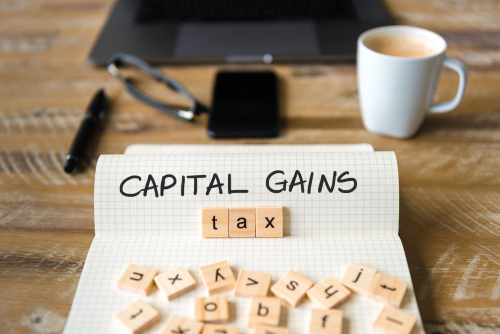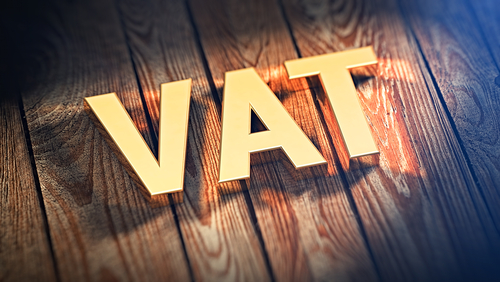
The VAT registration threshold rose from £85,000 to £90,000 from 1 April 2024. The deregistration threshold increased from £83,000 to £88,000 from the same date. The changes in the thresholds change the trigger points for compulsory registration and optional deregistration.
When must you register?
You must register for VAT if your taxable turnover in the last 12 months was more than the VAT registration threshold of £90,000 or if you expect your turnover to go over £90,000 in the next 30 days.
You must also register if you and your business are based outside the UK and you supply goods and / or services to the UK, or expect to do so in the next 30 days.
Taxable turnover
The key metric here is ‘taxable turnover’ which may be different to your actual turnover. Taxable turnover includes only those supplies that are within the scope of VAT, i.e. supplies that would be liable to VAT at the standard, reduced or zero rate if the business were registered for VAT. There is no need to take account of exempt supplies in determining whether the VAT registration trigger has been reached.
Registration deadline
If your turnover exceeded £90,000 in the last 12 months, you must register within 30 days of the end of the month in which your turnover for the preceding 12 months reached £90,000. Your effective date of registration is the first day of the second month in which your turnover for the previous 12 months exceeded the VAT registration threshold.
Example
In the 12 months to 18 May 2024 your turnover was £92,430. This is the first time in a 12-month period that your turnover has exceeded the VAT registration threshold. You must register for VAT by 30 June 2024. Your effective date of registration will be 1 July 2024.
Where you expect your turnover in the next 30 days to exceed the VAT registration threshold of £90,000, you must register by the end of that 30-day period. Your registration takes effect from the date that you realised that the threshold would be exceeded.
Example
On 2 July 2024 you sign a contract to deliver standard rated goods with a value of £120,000 by 15 July 2024. You will be paid on delivery. You must register by 31 July 2024. Your effective date of registration is 2 July 2024.
Voluntary registration
If your taxable turnover is below the VAT registration threshold, you can opt to register voluntarily. This can be beneficial if you make mostly zero-rated supplies but incur VAT on goods and services that you buy as it will enable you to recover the VAT that you incur.
If you register for VAT and you supply goods and services that are liable to VAT at the standard or reduced rate, you will need to charge VAT to your customers. If your customers are not VAT-registered, they will not be able to recover the associated VAT, and this may make you less competitive than other suppliers who are not VAT-registered. Registering for VAT will also mean that you will need to comply with MTD for VAT, and this will add additional costs.
It is important to assess the pros and cons before opting to register voluntarily.
Deregistration
At £88,000, the deregistration threshold is now more than the VAT registration prior to 1 April 2024. Businesses whose turnover was just over the old £85,000 registration limit but below £88,000 now have the option to deregister. This may be beneficial to make them more competitive against businesses who are not VAT-registered. It will also relieve them of the need to file VAT returns and comply with MTD for VAT. However, if you deregister, you will no longer be able to recover any input VAT suffered.
If your turnover is likely to increase beyond the new VAT registration threshold of £90,000 in the near future, arguably, it is not worth deregistering as you will need to re-register once the registration threshold is reached.


